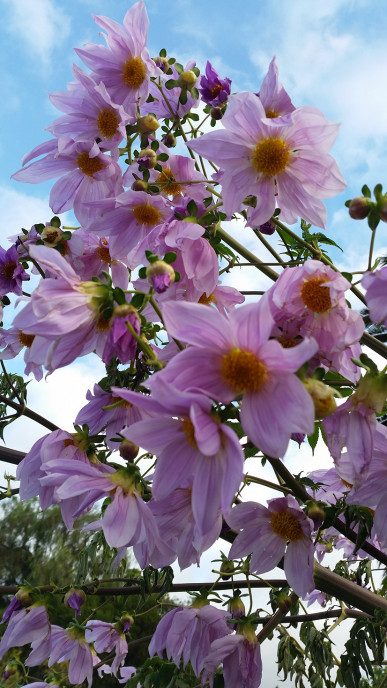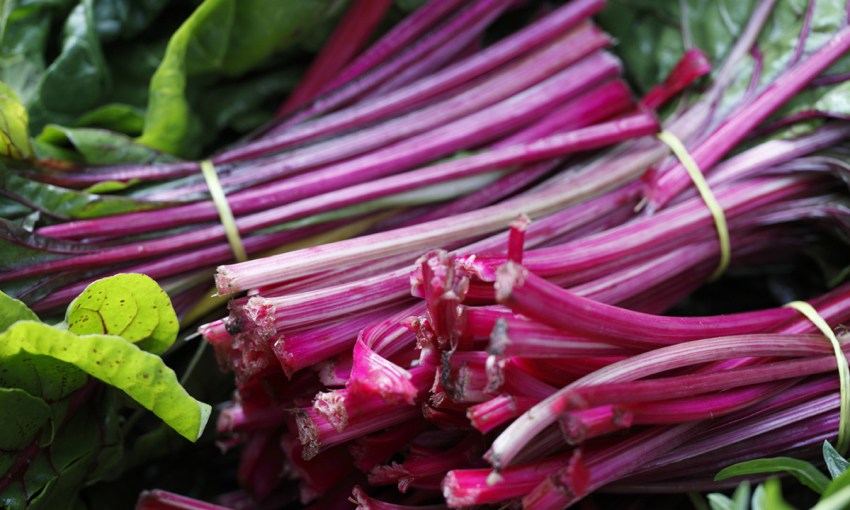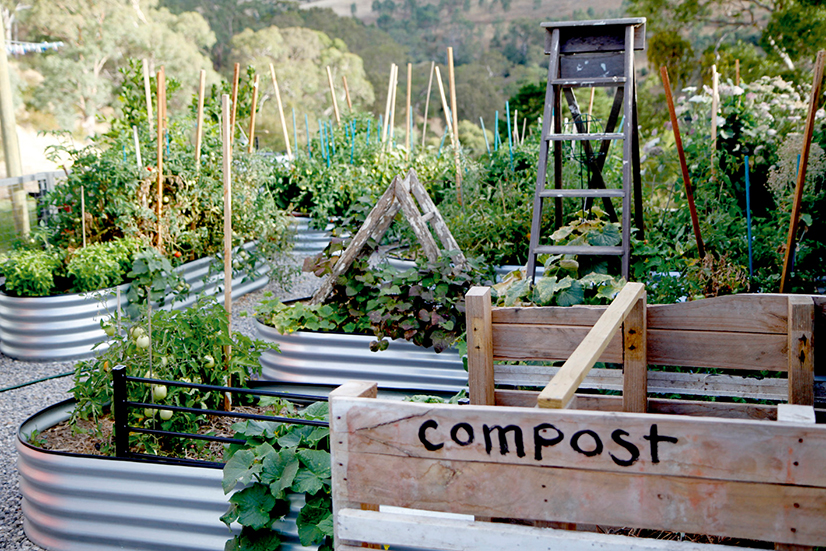Get out into the garden this weekend to plant some rhubarb, prepare the beds for composting and enjoy some late blooming colour.
Plant some rhubarb, prepare to compost and enjoy late blooms
Plant some rhubarb
Although it will take two years to mature, having home grown rhubarb will be a tart delight in your cooking. It’s a reliable plant with few issues, loves cool climates and can be left in the ground to return a crop for many years.
How to grow:
Whether in the ground or a large pot, choose a spot in afternoon shade with deep, well-drained soil enriched with lots of organic matter. Start with seedlings or grow from a crown with the eye at ground level and water in well. Water the plant in dry periods, but not too much or rot will occur.
When to harvest:
Leave to get established at least a year before harvesting. Tug individual stalks away from the base and discard the poisonous leaves.

Late bloomer
Late in the season most flowers may have had their time, but there’s still plenty of colour around. In the almost-winter garden, bright shades are seen in camellias, bottle brush and pansies, tree dahlias add an elegant touch, and erica is a colourful groundcover. Later in May, the ground-hugging begonia is spectacular, violets will stick their head through and the primula will put on a show. In a cool May, the more exotic blooms include the arbutus, daphne, marigolds and cyclamens. To help these flowers come to fruition, give your garden a Powerfeed.
Preparing to compost your garden
Composting is one of the most natural ways to improve your soil, and more than anything it improves the growth and production of your plants. Compost is as natural as it comes from living animals or plant life. We can make our own, buy bags of animal manure or buy from companies that compost on a grand scale, at the end of the day if it is thoroughly composted, it will give you the same results. All compost should be aged and not have an ammonia odour to it. It should be of a normal temperature and not hot. Always wet your soil before applying the compost. Never apply it too thickly about 25 to 50 millimetres is suitable. Never place the compost close to the plant’s bark as this could cause collar rot under some conditions. Remember if it smells good… then it is good, to put on your garden!




